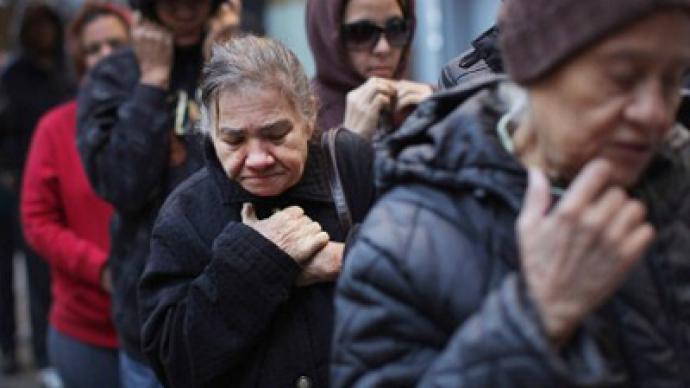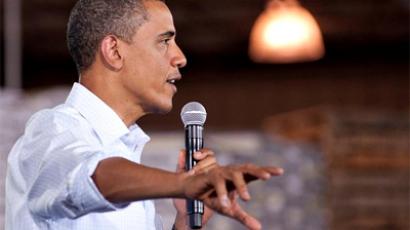Almost seven percent of Americans live below half the poverty line

As unemployment remains stagnant, it’s easy to see that impoverished Americans are growing in numbers. A recent analysis of census data offers an even sadder insight, as a report reveals that 1-in-15 Americans live below half of the poverty line.
Nationwide, around 20.5 million Americans — or 6.7 percent — qualify as being among the poorest of the poor. For 2010 figures, that equates to a personal income of less than $5,570 annual or $11,157 for a family of four. Double those prices and you have what the US Census says is the actual poverty line — and a total of 46.2 million Americans can claims that’s where they stand.The 6.7 percent marks not just an increase in the poorest of the poor, but one of statistical and historical importance. The year 2009 saw only 6 percent of America’s population being within that range, but the newest figure actually puts the percentage at the highest it has ever been since the United States Census Bureau began tracking the data 35 years ago.The latest figures take into account national figures, of course, so some parts of the US see a smaller concentration of impoverished than others. In other locales, however, the statistics are astounding. In Washington DC, for example, the proportion of people below half of the poverty line is at 10.7 percent.Washington is perhaps the most fitting example of a metropolitan region where the poorest of the poor — more than one-in-ten Washingtonians — provides a bizarre contrast with the wealth found elsewhere in the nation’s capitol. As RT reported last week, the 5.6 million residents in the metro DC region combined bring in around $221.4 billion each year, making it the wealthiest region in America. The average annual income of the DC-area surpasses that of any other region in America, yet DC is also in the top spot for having the most very poor.Second and third on the list this year are Mississippi and New Mexico. The AP reports additionally that Nevada saw a surge in poverty in recent years, with the percentage of people living below half of the poverty line going from 4.6 percent in 2009 to 7 percent in 2010.From coast-to-coast, every state is being affected. Of the 50 states and the District of Columbia, 40 states also saw increases in the poorest of the poor when compared with 2009 numbers, and no state in the entire country saw a decrease."There now really is no unaffected group, except maybe the very top income earners," Robert Moffitt or Johns Hopkins University tells The Associated Press. "Recessions are supposed to be temporary, and when it's over, everything returns to where it was before. But the worry now is that the downturn — which will end eventually — will have long-lasting effects on families who lose jobs, become worse off and can't recover."Though the US government says that the last recession has officially been over for two years, the aftermath is still evident in not just these statistics but across the board. Consumer confidence in October was at the lowest it has been since the heart of the recession in early 2009, and the median household income, adjusted for inflation, has dropped 6.7 percent in the last two years.














